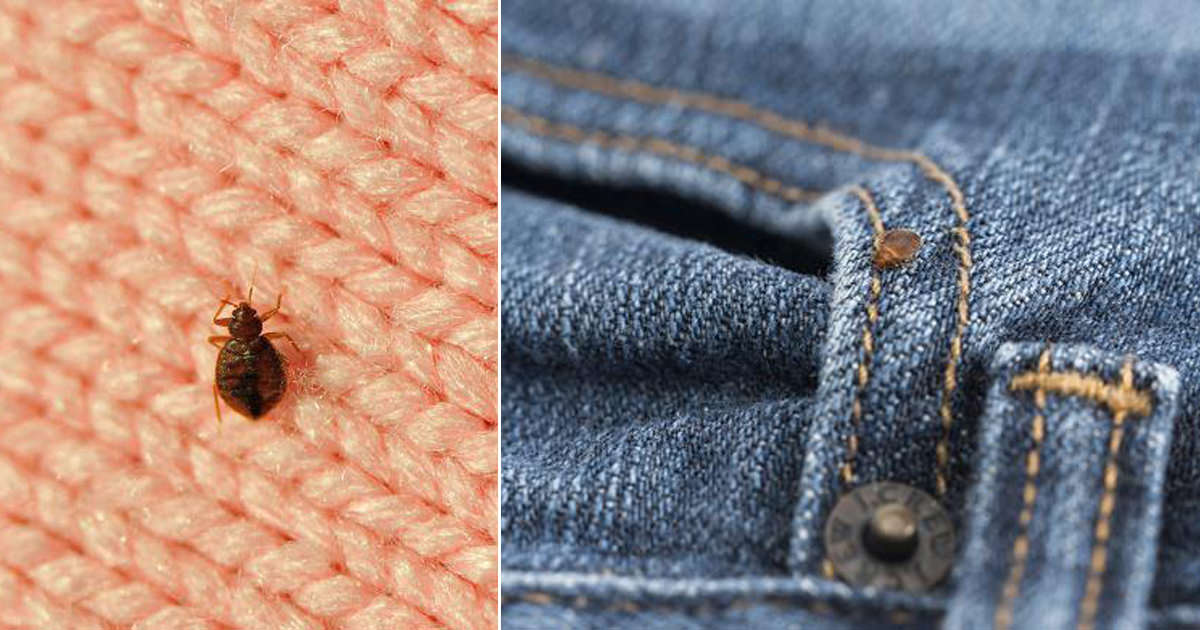Table Of Content

Even shared laundry facilities can be a vector for bed bug transfer. Bites on the skin are a poor indicator of a bed bug infestation. Bed bug bites can look like bites from other insects (such as mosquitoes or chiggers), rashes (such as eczema or fungal infections), or even hives. Because bed bug bites affect everyone differently, some people may have no reaction and will not develop bite marks or any other visible signs of being bitten. Other people may be allergic to the bed bugs and can react adversely to the bites.
Foundation Cracks
Paris has a bedbug infestation. Here’s how to spot them and protect yourself. - The Washington Post
Paris has a bedbug infestation. Here’s how to spot them and protect yourself..
Posted: Thu, 05 Oct 2023 07:00:00 GMT [source]
But most bed bugs spread from place to place when they get onto people’s clothes, linens, or furniture and into luggage. People will then move the bed bugs from place to place much quicker than the bed bugs could infest new areas on their own. Because they don’t have wings, bed bugs move around by crawling. But in many cases, people carry bed bugs from place to place, often without realizing.
Exterminator says woman’s home was infested with tens of thousands of bed bugs - FOX 8 Local First
Exterminator says woman’s home was infested with tens of thousands of bed bugs.
Posted: Thu, 05 Oct 2023 07:00:00 GMT [source]
Reduce Clutter--a Great Hiding Place for Bed Bugs
Exterminators use heat to kill bed bugs, a temperature above 120° F. Bed bugs usually come out of hiding in the dark, preferring to feed when humans are asleep. Their habits are generally nocturnal and their prime feeding time is between midnight and 5 a.m. Any hint of human presence such as the heat and carbon dioxide released when people are in deep sleep, bring them out of their hiding spots.
Myth 2: Bed Bugs Travel Only by Hitchhiking on Clothes or Other Fabric
Bed bugs are an oval shape and only grow to about 3/16th of an inch in length. After feeding, bed bugs become more red in color, swollen, and elongated. Despite having reduced “wing pads,” bed bugs do not have wings and cannot fly. You might also consider using mattress encasements which can trap bugs already inside and prevent new ones from finding hiding spots in your bed. Regularly vacuuming your bedding and around your bed can also help significantly reduce their numbers.
If you’re wondering how you got bed bugs in your home, consider your recent activities. Answering these questions might provide insight into how these pests made their way into your home. Anyone can get bed bugs, and getting them is often a matter of bad luck. You may acquire bed bugs from a hotel room, a friend’s house, or even a public transport seat. Remember, bed bugs are not a sign of a dirty home or poor hygiene; they are simply attracted to humans because humans are their food source.
Turn to the professionals, if needed.
It is hard to tell if you’ve been bitten by a bed bug unless you find bed bugs or signs of infestation. When bed bugs bite, they inject an anesthetic and an anticoagulant that prevents a person from realizing they are being bitten. Most people do not realize they have been bitten until bite marks appear anywhere from one to several days after the initial bite. The bite marks are similar to that of a mosquito or a flea — a slightly swollen and red area that may itch and be irritating. Other symptoms of bed bug bites include insomnia, anxiety, and skin problems that arise from profuse scratching of the bites. Using a stiff brush, individuals will want to scrub the infected mattress to clear away the bed bugs and their eggs before vacuuming the surrounding area.
They can travel on clothes, on linens, in luggage, and more. If bed bugs are passed onto something like bed sheets and are not immediately taken care of, they will continue to spread. If you suspect bed bugs have entered your home, the first step is to confirm their presence.

Although they typically feed on blood every 5 to 10 days, bed bugs can be quite resilient; they are capable of surviving several months to a year without feeding. Speaking of neighbors, unfortunately bed bugs can be transferred directly from home to home too, especially if they’re in close proximity, such as adjoining apartments. If there are any cracks or gaps in your walls, bed bugs can travel between the two adjoining properties. They can even make their way in via electrical outlets and light switches. Certain best practices can help you prevent the spread of bed bugs, including inspecting your room and bed regularly for signs and taking some precautions when you travel.
How does someone get bed bugs in their beds?
Unpleasant as it may be to think about, every night while we sleep, we sweat, emit bodily fluids, and shed small amounts of skin and hair. These substances build up on our bedding, leading to the development of bacteria, which in turn attracts bugs and pests. The Sleep Foundation recommends washing sheets once per week to avoid a buildup of germs and bacteria. To prevent an infestation, store pet food and bird seed in tightly closed containers. Feed pets indoors at regular times—don’t leave food sitting out all day. Remove uneaten food when pets stop eating at mealtime, and clean spills promptly.
If you have bedbugs in your home, professional extermination is recommended. And remember, if you see none of the above in your home and your only worry is bite marks, the problem could be something else. It doesn’t matter if your home, the hotel, or other place you’ve stayed is immaculate or grimy. Bedbugs can make their homes in any space if they’ve tagged along on something you’ve brought indoors from a place where they got into your belongings.
This dietary constraint means that general domestic cleanliness bears little influence on deterring or encouraging bedbugs. Bed bugs appear wherever they find accessible human blood and good hiding spots. Close-quarter living situations like apartments, dormitories, and shelters often magnify infestations due to easy movement between units or rooms. Furthermore, bed bugs breed explosively under favorable temperatures (70-80°F) which is common of indoor living conditions.









